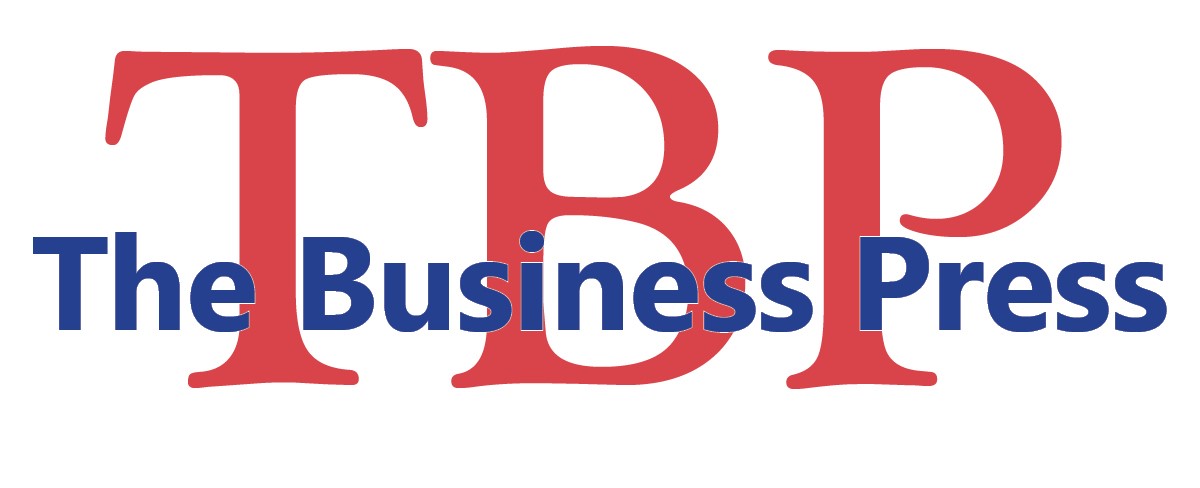J.D. Harrison The Washington Post
WASHINGTON – Ellis Winstanley and his twin brother own eight restaurants and two software firms in Austin. In addition, through a business partnership with their parents, the brothers own a share of three printing shops and two small construction companies. Most of their firms have far fewer than 50 employees, so individually, the businesses would be exempt from rules in the new health care law that require employers to provide adequate health insurance to their workers or pay a steep penalty. However, for the purposes of the law, regulators don’t consider them all separate businesses. Instead, because they share an owner, they are treated as a single employer – and with all those workers tallied, each of their firms must now provide health insurance. “We, like most of the operators we know, participate in multiple restaurant entities, with various partners, often with family members,” Winstanley said during a recent hearing before the House Small Business Committee. “Though we consider each operation to be a small business, many of us are discovering that for the purpose of the health care rule, all of the businesses must be considered a single employer.”
In its definition of a business entity, the law references a section of the Internal Revenue Code known as the Common Control Clause. Under that clause, all employees of corporations, partnerships or sole proprietorships with common owners are lumped together, and in some cases, firms that share common equity investors can be considered a single employer, too. Ultimately, if the sum exceeds 50 workers, each firm is subject to the new coverage mandate. Often overshadowed by rules concerning the number of hours that constitutes full-time employment or the number of workers that defines a small business, the aggregation rules pose an addition compliance headache for a large number of small-business owners. Roughly four out of 10 small firms with at least 20 employees are run by employers who own at least 10 percent of at least one other company, according to research by the National Federation of Independent Business.
Due to the complicated nature of the rules, many of those firms will be forced to hire tax attorneys to determine their size status under the law, according to Debbie Walker, a Washington accountant who testified at the hearing. Winstanley estimates that could cost him upward of $10,000 – and that’s just for the legal counseling. Should he indeed be forced to expand his health insurance plan to every one of his companies (he already offers health insurance at some firms), he says, his current business model may no longer work and he and his brother will think twice about adding new restaurants. “The cost of doing business for each of our companies will go up,” Winstanley told lawmakers, adding that “restaurants operate on thin margins, already forcing operators to manage labor costs very closely to remain viable.”
The aggregation rules aren’t new, but they are being used in a new way, Walker explained. Currently, the Common Control Clause in the tax code is generally used by large firms to determine retirement benefits. Thus, many small-business owners, and in fact many small-business advisers, aren’t familiar with that section of the tax code. Some employers, she said, may not realize they are considered a large employer until regulators come knocking. “The rules are just too complicated,” Walker said. Rep. Chris Collins (R-N.Y.) agreed, at one point calling that portion of the tax code “complex and confusing, even for most experts.” Even Rep. Nydia Velazquez (D-N.Y.), an unwavering supporter of the Affordable Care Act, said she “remains concerned about how these very complex rules will impact small firms.”
Walker outlined an alternative during the hearing, urging lawmakers to replace the rules with what she called a “facts and circumstances test” that takes into account who is actually running each business on a daily basis. It would be similar, she explained, to the tests officials use to differentiate between employees and independent contractors. “In that case, we don’t have to worry about who is simply a passive investor and aggregate those entities,” Walker said. “By focusing on control of day-to-day operations, the employer would be defined by the industry in which that employer operates, and it would not affect the competitive position of the business.” That would be a big help to entrepreneurs such as Donna Baker.
Baker owns an accounting firm and a payroll company in Adrian, Mich., and she owns part of her husband’s dairy farm, which has been handed down to him through six generations. Recently, she invested in a small women’s clothing shop, too. None of those businesses have enough workers to trigger the large-employer status. In fact, even when totaled together, they are still just below the 50-employee mark. However, if any one of those companies were to grow in the coming years, all of them could be forced to start providing health insurance – even the clothing store, in which she takes no part in the day-to-day operations or business decisions. “We would all love to provide insurance in every industry, but you know, that’s a very small women’s boutique, and there are very few other women’s boutiques that would have to provide health insurance,” Baker said. “For us to have to provide health insurance makes me not competitive in that market, just because I’m an entrepreneur and own businesses in different industries.”





